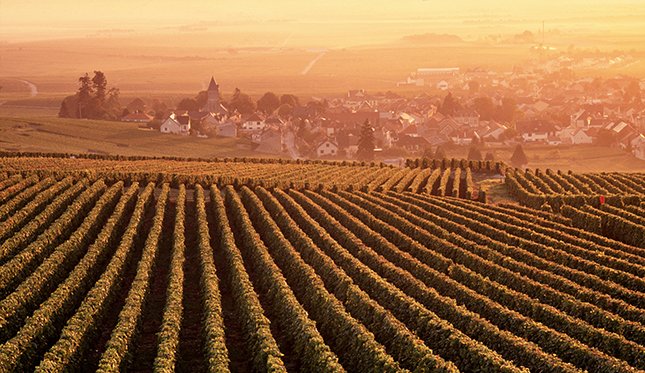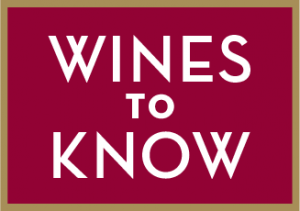
Gosset | Grande Réserve Brut Champagne NV
(Champagne, France) $50
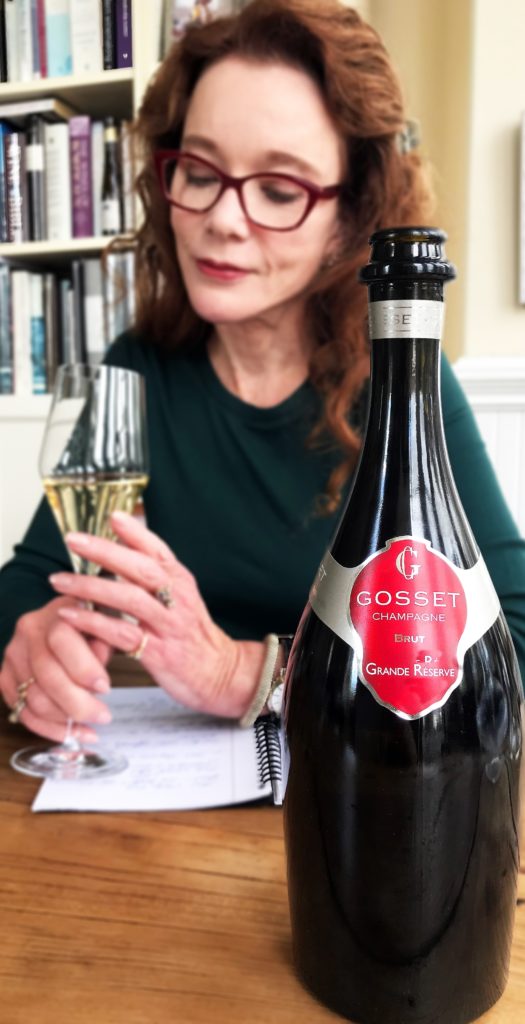
What does finesse mean? The first time I heard that term I was a young writer, and I imagined that finesse was immediately knowable like “oaky” or “tannic” were knowable. But now I understand that finesse is the white space on the page. It’s the jewelry you took off. It’s the exquisite sense that what could have been done, wasn’t done. Or said. And so what’s left is a certain excitement because you’re close to something true and pure. Gosset (go SAY) Grande Réserve is all about finesse. Founded in 1584, the house of Gosset made still wines before making sparkling. It is the oldest wine firm in the Champagne region, and its Champagne is fitting to drink today, National Champagne Day. (12% abv)
95 points KM
Available at K&L Wines

Tempranillo, the Spanish grape most famous for its starring role in Rioja, has a different name in nearly every region in which it’s grown. Which of the following is not one of Rioja’s aliases?
A. Ull de llebre
B. Tinta de Toro
C. Tinta barroca
D. Tinta roriz
Scroll down for the answer!

The Other Side of Champagne
While Champagne is usually associated with toasting to good cheer, it’s perhaps important to remember that the Champagne region has had a difficult past. Located in northeastern France, Champagne lies directly along the route from Germany to Paris. During both World Wars, the vineyards here were a battlefield furrowed with trenches and gutted with shell holes. Many vines were uprooted, shrouded in poison gas, or killed by disease and neglect. With most men at war, women and children were left to harvest whatever grapes remained and make what wine they could. By the end of World War I alone, 40 percent of Champagne’s vines had disappeared, and in the main village of Reims, only a handful of Champagne firms remained intact.

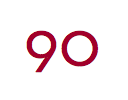
Percentage of grapes that were picked in the Napa Valley and in Sonoma County before the onset of the recent fires that destroyed vineyards and properties there, as well as in Mendocino and Solano County. The three main fires still burning are now 80 percent or more contained. The full impact effect of smoke taint on grapes still hanging is not yet known. Look for a future WineSpeed Blog on that topic. And for ways to help wine country during this difficult time, consult this list of organizations that are providing assistance.

“Remember gentleman, it’s not just France we are fighting for; it’s Champagne!”

Jammy
The word jammy is usually used to describe a wine with a dense, concentrated berry aroma or flavor, as with jam itself. Jammy wines often also have a thick, mouthfilling texture. Full-bodied, red zinfandel is often described as jammy.

CÔTÉ MAS
Crémant de Limoux Brut Rosé NV (Limoux, Languedoc-Roussillon, France) $15
Got a party to go to? This is like fresh berries on a cloud. Much better than most inexpensive sparklers.
FERRATON PÈRE ET FILS
“Samorëns” Blanc 2016 (Côtes du Rhône, France) $15
A delicious round white wine like the kind you’d find in a zillion French bistros. Where’s the roast chicken?
PODERI DI LUIGI EINAUDI
Dolcetto Dogliani DOCG 2015 (Dogliani, Piedmont, Italy) $18
A savory, deliciously bitter sleek red. Make sure lasagna is on the table (or something with lots of cheese and evoo).

Got a wine question for Karen? Great. She loves questions, and chances are, she’s got an answer. Send your question to [email protected].
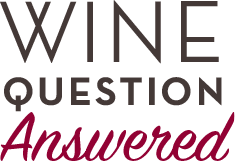
C. Tinta barroca, one of the red varieties used in the production of Port is not the same as tempranillo. The rest are. Ull de llebre (“eye of the hare”) is what tempranillo is called in the Penedés region of northeastern Spain. Tinta de Toro is what tempranillo is called near the town of Toro. And tinta roriz is tempranillo’s name in much of northern Portugal. In Spanish, temprano means early; the grape’s name is thought to have originated because tempranillo ripens earlier than garnacha (grenache), its blending partner in much of Spain.
SaveSave

